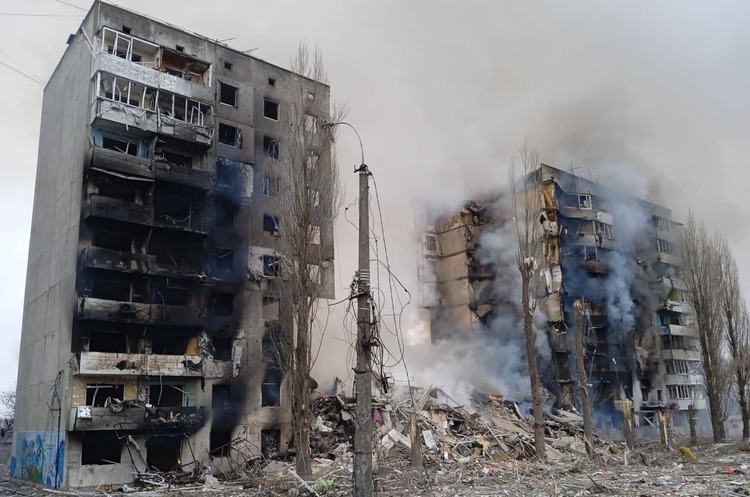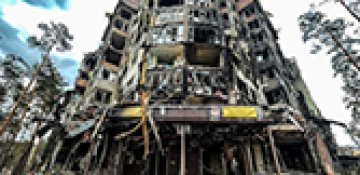I am Mariya Borevich, your personal lawyer. My primary goal is to help clients find optimal solutions to current legal issues, ensuring reliable protection of their interests. I specialize in family, civil, and military law, which allows me to effectively handle a variety of situations and cases. In family law, I provide support in resolving issues related to divorce, property division, establishing and challenging parental rights, alimony, and child custody. I understand that these matters are often emotionally complex, so I always strive to find the most delicate and fair solutions for all parties involved. In civil law, I assist in settling disputes related to contracts, property rights, compensation for damages, inheritance, and other issues concerning the protection of personal and property interests. Special attention is given to military law — supporting servicemen, protecting their rights and interests related to military service, social guarantees, and legal disputes. This area requires deep knowledge and understanding of the specifics of military service and the legislation regulating it.
Determining the value of property damaged as a result of the war is an important stage in the assessment of material losses and compensation. This process plays a key role in determining the amount of compensation that war victims can receive. Here are some of the steps and methods used to determine the value of damaged property:
Site Survey: Experts conduct a site survey of a military action to document property damage and assess its value. This includes photographing, measuring and inventorying the property.
Appraisal: Professional appraisers may be called upon to provide an appraisal of the value of the damaged property. They take into account various factors, such as the condition of the property before and after the event, the market value of similar items and the cost of restoration or replacement.
Documentation: All discovered damage must be documented in detail, including descriptions, photographs, excerpts from inspection reports and other evidence.
Comparison with market value: Experts compare the value of the damaged property with its market value at the time of the event. This helps determine the actual damages that property owners have suffered.
Reporting: All the results of the assessment and fixation of the value of the property must be agreed and presented in the form of written reports or expert opinions.
Legal examination: In some cases, a legal examination may be required to determine the legal aspects of fixing the value of the damaged property and determining the liability for its compensation.
In general, the determination of the value of war-damaged property is a complex and multi-step process that requires cooperation between experts, appraisers, lawyers and the affected parties. It is important that the entire process is carried out objectively and in accordance with the requirements of international and national legislation.
The recording of war damage to property during war is a key step in the determination of damages and compensation for damage to property and infrastructure caused by wartime conflict. This process allows you to document the extent of destruction, establish the value of lost property, destroyed houses, damaged apartments and determine the amount of compensation that owners can receive.
Here are some key aspects of fixing destroyed buildings:
Site inspection: Experts conduct site inspections to document the damage in detail. They photograph the damaged buildings, make an inventory of the destruction and describe the extent of destruction.
Appraisal: Professional appraisers use specialized methods to determine the value of demolished buildings. They take into account such factors as the size of the buildings, the materials from which they were built, the market value of similar properties and others.
Documentation: All discovered damage must be documented in detail. This includes photographs, videos, descriptions and any other evidence of the condition of the buildings before and after the military conflict.
Comparison with previous condition: Experts compare the condition of destroyed buildings with their previous condition to determine the extent of damage.Reporting: The results of damage assessment and recording must be agreed upon and presented in the form of written reports or expert opinions.
Legal expertise: In some cases, legal expertise may be required to determine the legal aspects of fixing destroyed buildings and determining responsibility for their compensation.
Fixing buildings destroyed during war is a complex and important process that requires cooperation between experts, evaluators, lawyers and other stakeholders. This helps victims to obtain compensation for their losses and restore their property rights.





























